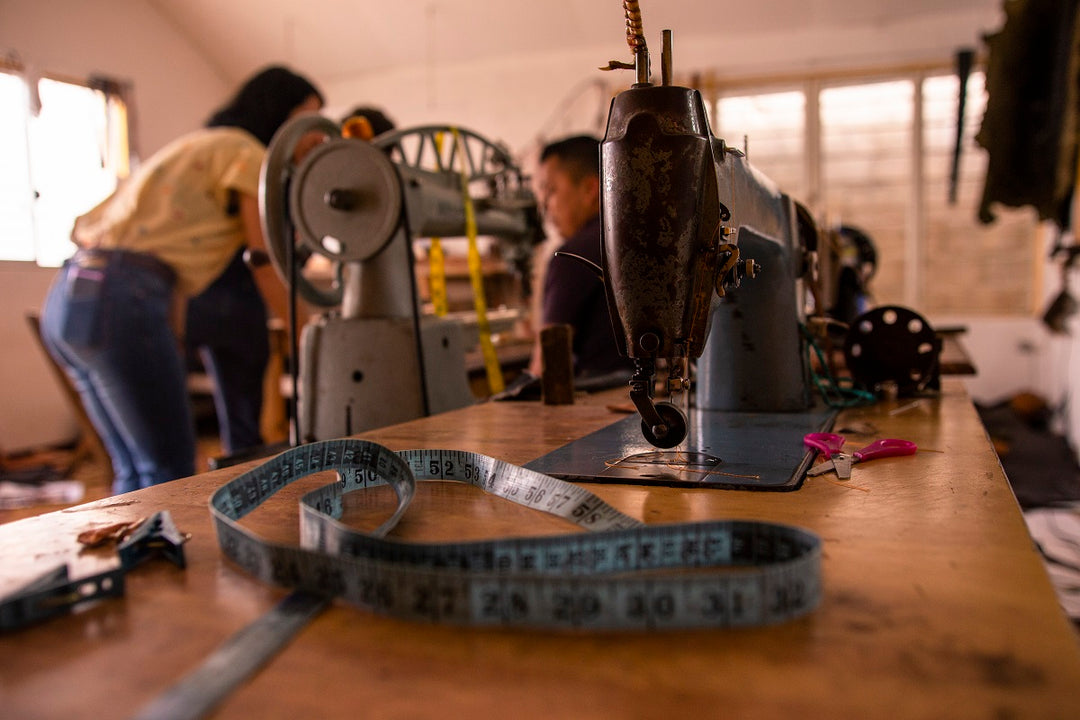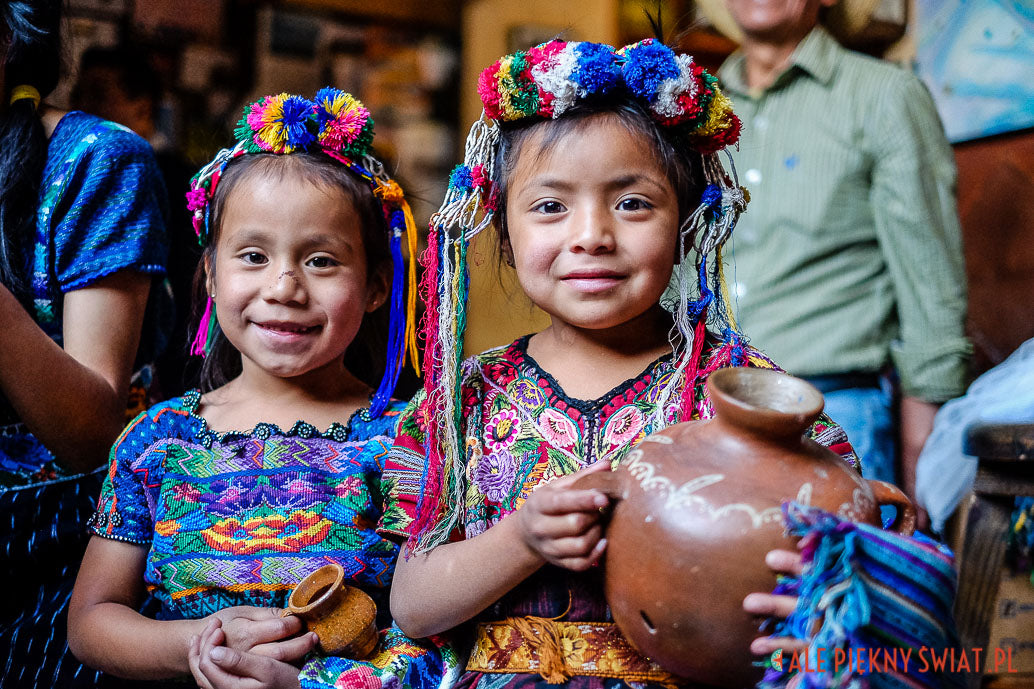What are the Zapatistas fighting for?
The history of SempreArte begins with a confident beaded bracelet. It was purchased from a Zapatista shop in San Cristobal. Only then did I learn who the Zapatistas were, who these black figurines that kids sell on the streets of the city represent.
Behind black balaclavas or red kerchiefs there were faces with characteristic Mayan features, people for whom repression, exploitation and racism became a daily routine.

Photo credit: https://desinformemonos.org
For many years, indigenous Mexicans were excluded from government decision-making. The creation of the organization and the outbreak of the uprising was aimed at drawing the world's attention to the problem, as well as forcing changes on the government that could provide the Indians with the same rights as the rest of the inhabitants of Mexico.

Photo source: Arkadiusz Winiatorski, blog "Stones on Travel"
NAFTA was an additional stimulus. Its signing heralded the takeover of a significant part of the land by American concerns. So it happened. Coca Cola built its factories using a large part of drinking water resources. In the village of San Felipe Ecatepec, residents have to walk 2 hours to get drinking water, and coca-cola is cheaper than water in stores. There are plenty of small villages where it's normal to see old men gathered in front of a shop drinking Coca-Cola. The pact hit agriculture just as hard. Corn imported from the US has partially displaced the local corn, to such an extent that after adding import costs, the American product is still much cheaper.
It has been over 20 years since the Zapatistas have been fighting for change. Fighting between guerrillas and soldiers of the Mexican army continues to this day. About 100 people die every year because of the conflict.

Photo source: Arkadiusz Winiatorski, blog "Stones on Travel"
The Zapatistas have their own villages, often located in the mountains. They are a kind of autonomy, they have their own schools, hospitals, shops. They produce items there, which are then sold as souvenirs, and the income from their sale supports the operation of the organization.
We also decided to add our brick in this action. Thanks to the courtesy and help of Ms. Beatriz from San Cristóbal , the SempreArte website offers bracelets made of beads that come from a Zapatista village near San Cristóbal.








